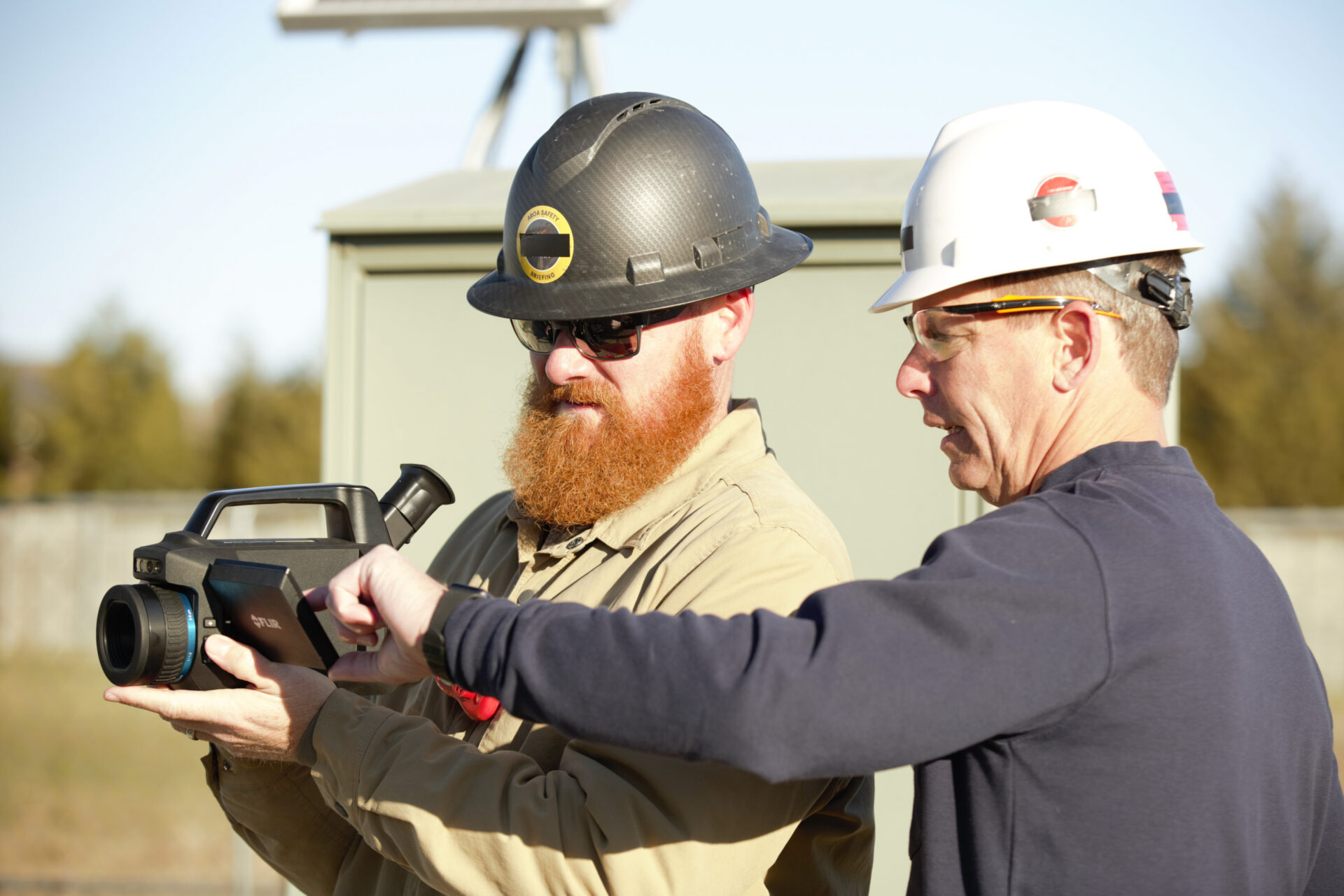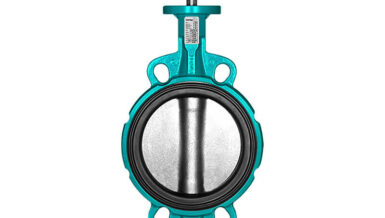ASTM International works to improve the lives of millions so when it became clear that there were insufficient standards and inconsistencies in the construction of LNG bunkering hose systems it was inevitable that the marine industry would turn to them for guidance.
F25 Commit at the center
The centerpiece of the ASTM’s involvement is its Committee F25 on Ships and Marine Technology. This committee’s mission is to develop and maintain standard specifications, test methods, terminology, practices and guides that support the maritime industry in the design, construction, operation and repair of marine vessels, structures, systems, equipment, and materials.
According to Todd Ripley, an R&D specialist with the U.S. Department of Transportation’s Maritime Administration (MARAD) who also serves as the current chairperson of the ASTM’s F25 Committee, the objective is to support the most secure, efficient, cost-effective and environmentally friendly practices possible in the marine segment. In view of this objective, the F25 Committee was the logical vehicle to identify gaps in the standards that support the operation of LNG-fueled vessels being built and coming into service. To collaborate effectively with the wider maritime industry, the F25 Committee established an LNG Working Group under the subcommittee for Piping and Machinery (F25.11) along with several other task groups. Their mission was to start development on newly-identified work items as well as to ensure that the specific stakeholders in the LNG-as-fuel arena have an opportunity to contribute their expertise to the effort.

A Pivotal Role as a Facilitator
Because of its status as a professional trade society, the ASTM plays a uniquely strong role in facilitating the exchange of ideas and information to come up with standards and practices that can be agreed upon by all parties. According to Todd Ripley, this consensus is borne out of several key philosophies of the F25 Committee:
- Development activities must benefit and meet the needs of the entire maritime industry.
- All segments of the maritime industry are encouraged to participate in committee, subcommittee, and task group activities, enabling an equal balance of producers, users and general interest personnel as committee members.
- All new standards must be relevant and provide value to the maritime industry.
- Commit to work with a wide range of organizations throughout the maritime industry to advance the most comprehensive and effective industry standards possible.
A Proven Process Put to Work
In existence since 1898, the ASTM is one of the oldest organizations of its type anywhere in the world. Over the ensuing decades, it has fine-tuned a process for developing new industry standards. It’s a process that involves “choreographing” an extensive, far-flung network of industry specialists. The ASTM staff is responsible for administrative support and communication logistics so that as many specialists as possible can be involved and share their knowledge and insights.
But Todd Ripley notes that even with the availability of the latest communication tools, the steps required to develop a new ASTM standard are numerous. “The process can easily take from one year to three years – or even more – depending on factors such as technical complexity, the level of producer and user engagement with the development process, along with external drivers like changes in regulations,” he notes.
For the F25 Committee’s work on developing a standard for LNG bunkering hose transfer assemblies, the process was comprehensive. According to Ripley, over a period of 36 months, the initiative unfolded as illustrated below.

While the steps outlined may seem onerous and maybe even be overly bureaucratic, ASTM’s experience has shown that a methodical approach while incorporating the input of all interested parties is the surest way for a new standard to meet the needs of all the participants in the industry including manufacturers, end-users, government agencies, and regulators. In the case of the new ASTM standard being developed for LNG bunkering hose transfer assemblies, the full spectrum of specialists involved in the development process numbered approximately 15-20 people.
Rudi den Dulk, an engineer with composite hose manufacturer Guettling USA who was one of the members of the working group, saw success in how the ASTM’s process brought the right level of involvement from people representing all constituencies. “When you consider all who were involved in the process, every aspect and angle was truly covered. It made for comprehensive and consequential discussions, and it led us to a strong end-product: a standard that’s useful as well as practical,” Dulk maintains.
How Will the New Standard Impact the Industry?
The ASTM F3312 / F3312M – 18 standard provides guidance on the minimum requirements for the design, manufacture, installation and operation of hose transfer assemblies for cryogenic service as it pertains to the bunkering of LNG-fueled vessels.
A primary area of focus within the new standard is ensuring the containment of the pressurized fluid and safe operations. Since there are significant safety risks associated with the flammability and cryogenic temperatures of LNG, piping and hose assemblies built for LNG service must be designed to rigorous standards in order to mitigate any safety risks to operators in the field.
The new ASTM standard does not attempt to address all safety concerns. It remains the responsibility of all parties using the standard to establish proper safety, health and environmental practices, along with determining the applicability of any regulatory limitations.
Hose Master’s Rick Foster notes that the new ASTM standard is recognized not only in American LNG loading terminals but has international reach and influence as well. “The ASTM standard mirrors the international standard, with some added enhancements. I expect that it will quickly be officially recognized by most, if not all, of significant national and international companies involved in the LNG bunkering field,” Foster predicts.































